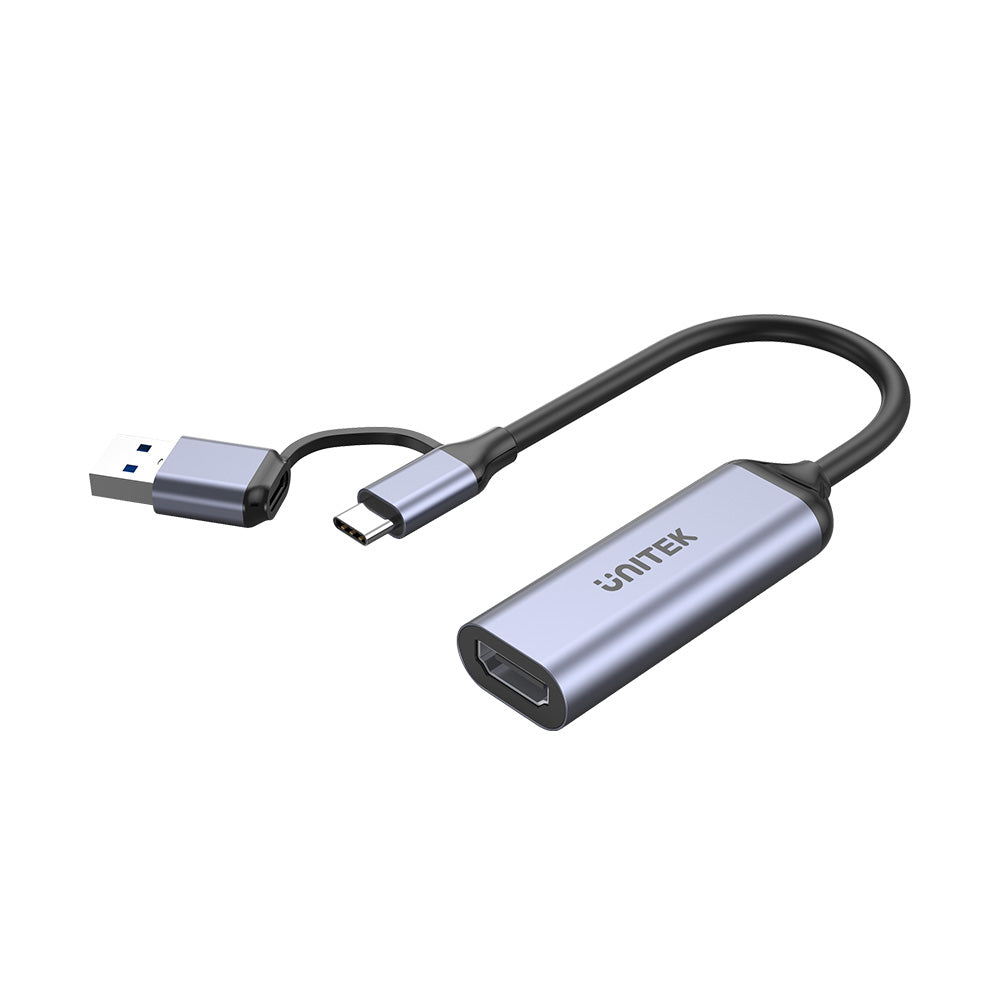
How to Game Capture with HDMI to USB Type-C: A Complete Guide
In the world of gaming, sharing your gameplay experience has become an integral part of the community. Whether you’re streaming on platforms like Twitch, recording videos for YouTube, or simply showcasing your skills to friends, having a reliable game capture setup is essential. One of the most effective ways to capture high-quality gameplay footage is by using an HDMI to USB Type-C capture card. This guide will walk you through the essentials of game capturing with this technology, ensuring you get the best results possible.
Understanding HDMI to USB Type-C Capture Cards
HDMI to USB Type-C capture cards are devices that take the HDMI output from your gaming console or PC and convert it into a format that can be easily recorded or streamed through a computer. These capture cards support high-definition video quality, ensuring that your content looks professional. Most modern capture cards support 1080p at 60 frames per second (fps) or even 4K resolution, allowing you to choose the best quality for your needs.
Choosing the Right Capture Card
Before diving into the setup, it’s crucial to select the right capture card. Here are a few popular options:
- JVA04 Game Capture Station – This device supports 1080p at 60 fps and 4K input, making it versatile for both streaming and recording.
- Papeaso Capture Card – Known for its affordability and reliable performance, this option is excellent for beginners.
- Hagibis USB 3.0 Capture Card – Ideal for gamers using consoles like Switch, Xbox, or PlayStation, it offers low-latency recording and live broadcasting features.
Ensure that the capture card you choose is compatible with your gaming device (console or PC) and the software you plan to use for streaming or recording.
Setting Up Your Capture Card
Once you have your capture card, follow these steps to set it up correctly:
Step 1: Gather Your Equipment
You will need:
– HDMI to USB Type-C capture card
– HDMI cable
– USB Type-C cable (or USB 3.0 cable, depending on your capture card)
– Gaming console or PC
– Streaming or recording software (e.g., OBS Studio, Streamlabs OBS)
Step 2: Connect Your Devices
- Plug the HDMI cable into your gaming console’s HDMI output. The other end of the cable connects to the input of the capture card.
- Connect the USB Type-C cable from the capture card to your computer. Ensure that you are using a USB 3.0 port for optimal performance.
- If applicable, connect a monitor to the HDMI loop-out port on the capture card to view your gameplay without delay.
Step 3: Configure Your Software
- Download your preferred streaming or recording software. OBS Studio is a popular choice due to its robust features and ease of use.
- Open the software and create a new scene or select an existing one.
- Add a source and select “Video Capture Device.” Choose your capture card from the list of available devices.
- Adjust the resolution and frame rate settings to match your desired output (1080p at 60 fps is generally recommended for quality).
- If you’re streaming, make sure to set your streaming parameters and connect your account to your chosen platform.
Step 4: Test Your Setup
Before going live or recording your gameplay, it’s pertinent to test your setup. Start a recording or a stream and play your game for a few minutes. Monitor the audio levels, video quality, and any potential latency issues. Adjust settings as necessary to ensure everything is working correctly.
Additional Tips for Quality Capturing
- Lighting: Ensure your gaming area is well-lit to prevent any dark visuals during recording or streaming.
- Audio: Use a quality microphone for clearer audio; consider using a separate audio source if your game console doesn’t support dual audio.
- Settings: Explore various settings in your software for finer control over your stream quality, including bitrate and resolution settings.
Conclusion
Game capturing using an HDMI to USB Type-C capture card is a straightforward process that can significantly enhance your content creation. Whether you’re a casual gamer or a serious streamer, understanding how to set up and optimize your tools will lead to more engaging content. With the right equipment and knowledge, you can share your gaming passion with the world in stunning quality!
